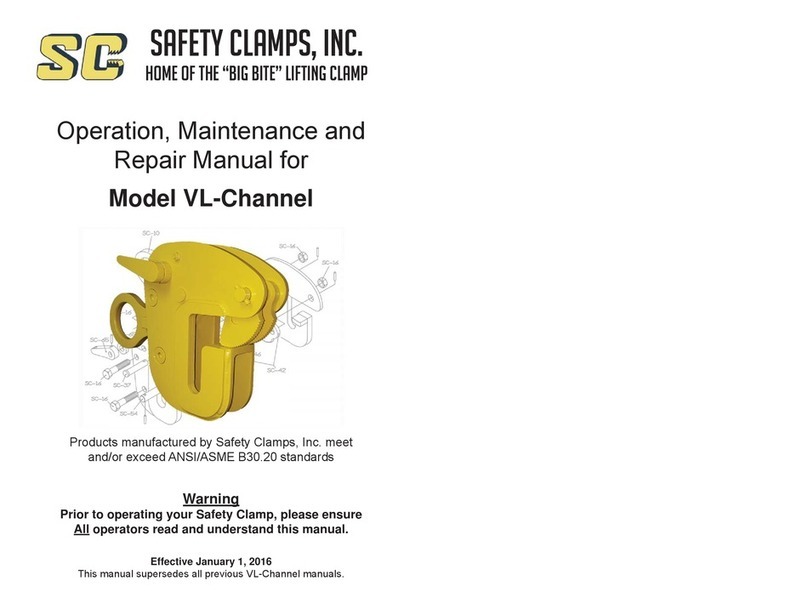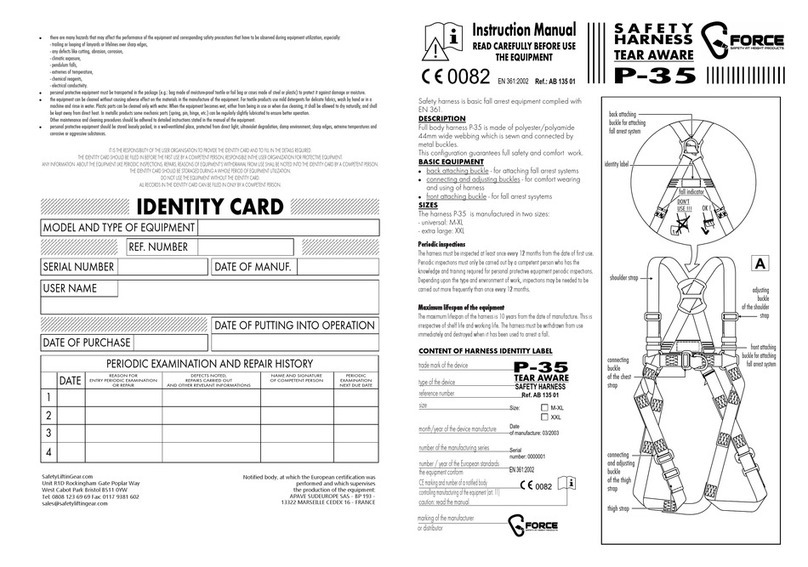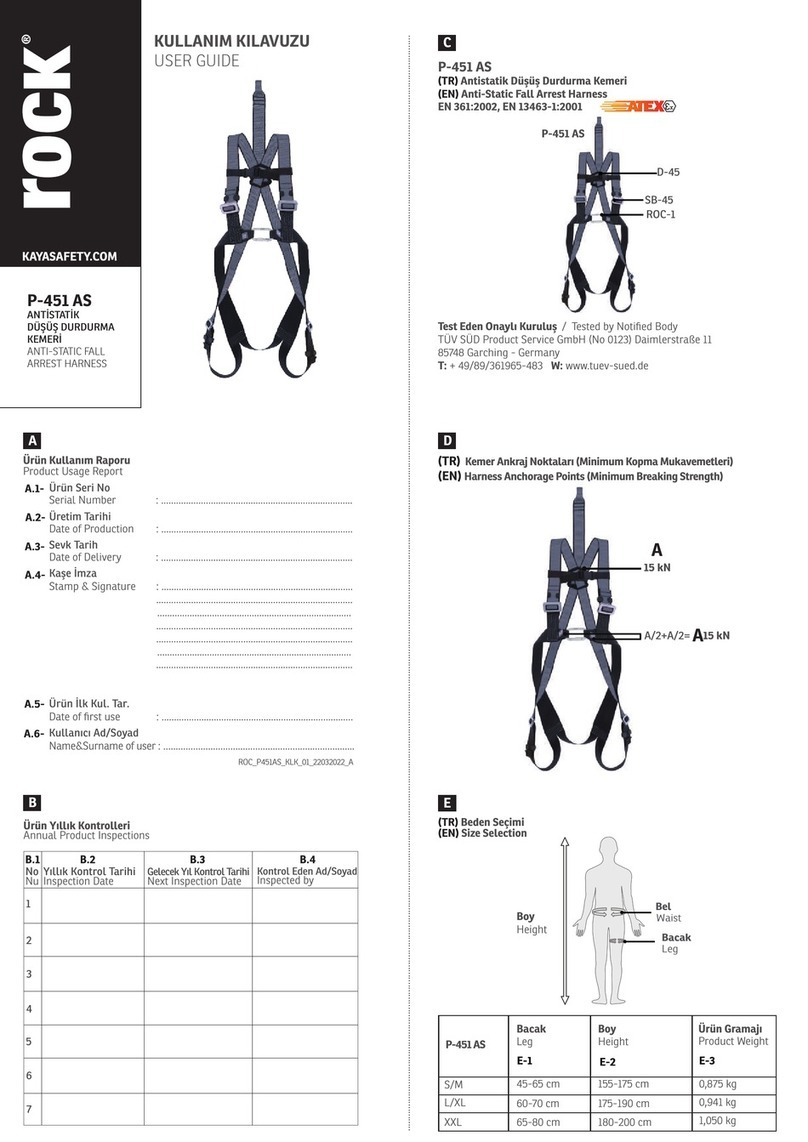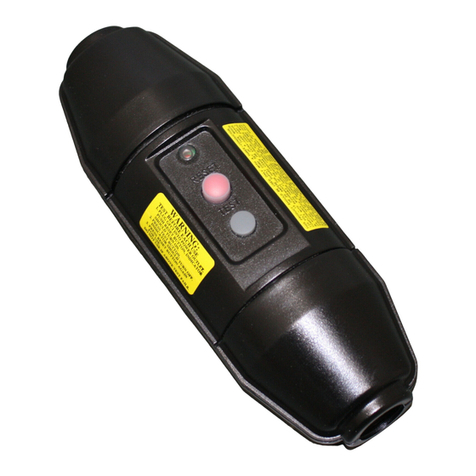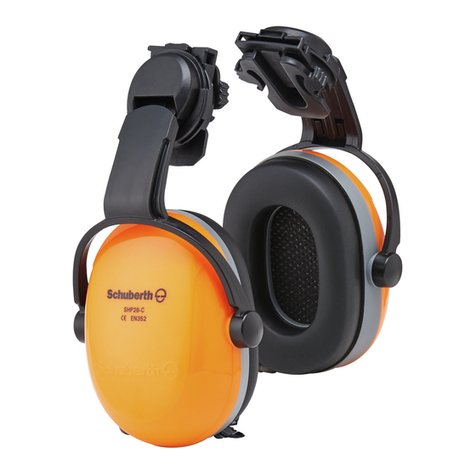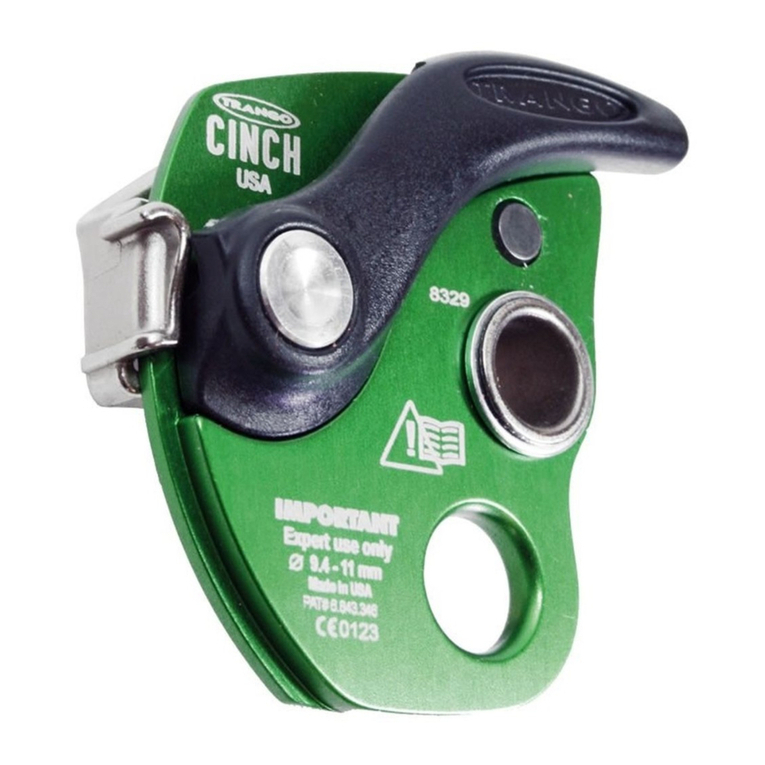
OPERATION
Loading the clamp
1. When placing the clamp onto the material, the clamp should be in the
“locked open” or open position with the gripping cam(s) out of the jaw
opening. This helps to prevent damage to the gripping teeth during
loading.
2. Center the clamp so the load is balanced when lifted. When using
more than one clamp, make sure the clamps are positioned to share
equal loads.
3 For a clamp with a standard lifting shackle (SC-10), make sure the
clamp is positioned so the direction of force applied by the crane is in
line with the lifting shackle (Fig. 3).
WARNING: Never exceed 10° side loading with a VL series clamp
with a standard Lifting Shackle (Fig. 3).
4. Place the jaw of the clamp around the material to be lifted. Make sure
the clamp is positioned so the edge of the material is 1/8” to 1/4” from
the back of jaw opening and the gripping surfaces are in full contact
with the material. When lifting from a horizontal position, our unique
design allows the operator to load the clamp with the gripping pad
(D, Fig. 7) below the plate or on top of the plate.
5. Secure the clamp in the “locked closed” position. Do this by seating
the clamp on the material with the gripping pad (D, Fig. 6) against the
material and rotating the lock handle (A, Fig. 7) until the lock inside
the body is positioned against the stop (B, Fig. 7). The gripping cam(s)
(C, Fig. 7) will rotate into the jaw and engage the material at the point
where they will bite into the material once the lift is started.
Note: When using a clamp with the auxiliary push-button lock handle,
ensure the auxiliary lock is fully engaged and the spring-loaded push
button on the handle is flush with the push-button retainer ring.
WARNING: Not properly seating the clamp may cause the clamp
to slide on the material once the lift begins. Always ensure the
grippers are seated properly. Check this by pushing away on the
clamp body as you pull back on the lifting shackle (E, Fig. 7) and
look to ensure the gripping cam(s) and gripping pad are engaging
the material.
6. Once the clamp is properly locked closed onto the material, the clamp
is now ready to make a lift.
WARNING: The operator and all other personnel should be fully
clear of the lifting area.
Safety Clamps, Inc. VL Series Clamps
6






